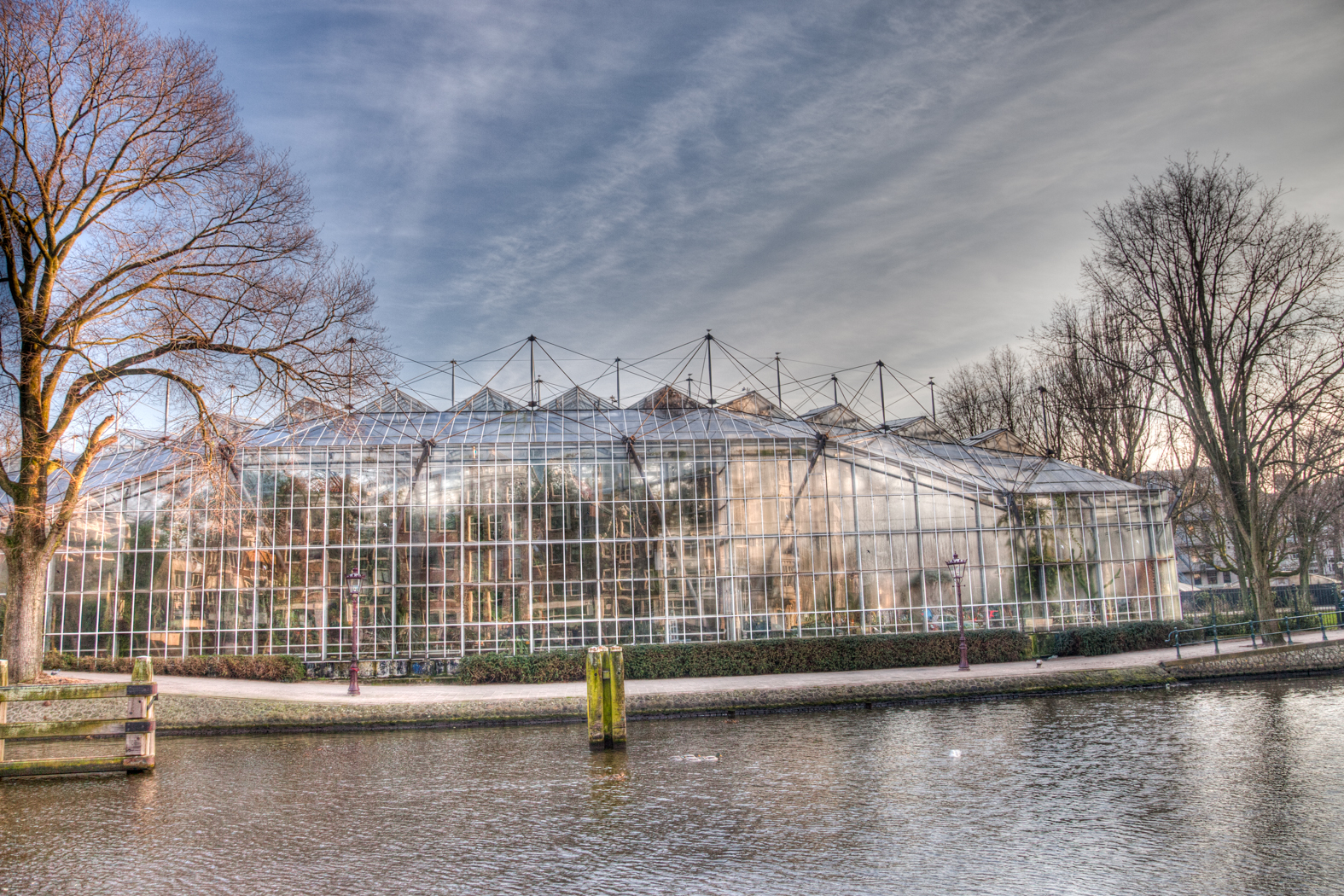

In Photography, light is one of the most important factors in capturing good quality photographs. There are three mechanisms that control the amount of light that reaches the photo sensor of a camera, the shutter, the aperture and ISO rating (film speed in film photography cameras).
In Photography the length of time that a shutter is open is known as the shutter speed, digital SLR cameras can have a range from 30” to 8000 but this will depend on the mark and type of the camera. The longer the shutter is open, the more light arrives at the sensor. An SLR can have a lowest setting known as the bulb setting, this allows you hold the shutter open as long as you want. The highest setting can be 8000 part of a second ie 1\8000 seconds. Each setting on the dial is known a stop, each change in stop value halves of doubles the exposure time.
Camera shake is a major cause of blurred photographs and is a very common problem in photography especially in those who are new to Photography. Camera shake is related to the speed of shutter. Minor movements of the camera can be amplified by lower shutter speeds, the lower the speed the more the effect is noticed. One rule to follow is never use shutter speed that is smaller than the focal length of the lens, therefore for a focal length of 55 mm you can use a speed of 60 and above. A focal length of 200 mm will require a setting of 1/250 of second. Any shutter speed lower than this will require a tripod.
In order to freeze movement a high shutter speed will be required, anything greater than 1\500 will give the subject the impression that it is frozen. At lower shutter speeds (below 1/60) the subject can give the impression that it is flowing. If you move with the subject while you take the picture at lower shutter speeds then the subject will be frozen and the background will be flowing. In order to do this you have to moving at the same speed (or near to) as the subject. This photography technique is known as panning.
This is a set of interlocking blades that can be closed to control the amount of light entering the camera. Also referred in photography as the diaphragm or lens opening. The aperture setting is known in photography as either the f-stop or f-number, these are common photographic terms. The f-stop is measured by how many times the lens opening can be divided into the focal length of the lens. Thus a low f-stop will let more light into the camera than a high f-stop. The f-stop is an important photography factor in calculation of the depth of field of the image. A higher F-number (smaller aperture) will increase the photographic depth of field.
Each setting on the aperture ring is also known as a stop and each stop allows exactly half or double the amount of light onto the sensor.
The combination of the shutter speed and aperture settings control has much light reaches the sensor and thus they are combined in photography to control the exposure of the images.
Photographic film is rated on how sensitive it is to light and this rating is known as the ISO rating, the lowest value of film is 50 and each difference in film rating is also known as a stop. Each stop doubles the film rating, thus you have 100, 200, 400, 800, 1600 and up to 3200. The higher the film rating the more sensitive to light it is. An exposure of 1/30 second and f-stop 8 at 100 ISO is the same as exposure of 1/128 and f-stop 8 at 400 ISO. When you increase the ISO rating you also effect the amount of grain that appears in the image. The higher the ISO the more grain that is the individual elements that make up the image become more noticeable.
A digital camera sensor still uses the same rating scale as film photography and thus to set the how sensitive the sensor is to light, thus in digital photography you set also the ISO value.
Every photographic lens has the depth of field as one of its characteristics. For each lens there is limited distance in front and behind the focal point that will be in focus. From the first point in focus to the last point in focus is known as the depth of field. This is always in the ratio of 1/3 and 2/3 that a 3rd of the depth of field is always in front of the focal point. Therefore when you wish to produce an image that has a large depth of field, you should focus in the first 3rd of the part of the image to be in focus.
There are in photography a number of factors that influenced the depth of field,
The influence of these factors on the depth of field is as follows:
Mastering these key photographic skills will help you improve your photography.